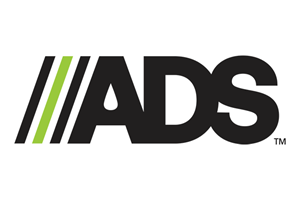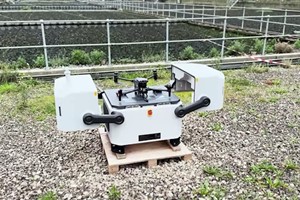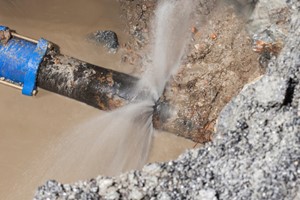EPA Administrator Michael Regan at a 2022 meeting on funding in the infrastructure law to replace lead pipes
The White House declared on Thursday that the EPA is making $3 billion available to states from the bipartisan infrastructure law to replace lead drinking water pipes. This funding is part of the $15 billion Congress provided for lead service line replacement in annual installments through 2026.
According to EPA Administrator Michael Regan, "Lead was the go-to material for the service lines that deliver drinking water to our homes." However, he noted that lead pipes contribute to unsafe levels of lead in the water, emphasizing that there is "absolutely no safe level of lead exposure."
Each state will receive a portion of the 2024 tranche of funding, with Illinois leading with more than $240 million, or 8.41%, and Florida set to receive nearly $229 million, or 7.98%. The EPA also plans to release a memo to aid states in utilizing infrastructure dollars and other funding to reduce lead exposure, including establishing best practices for fund usage.
Utilities are currently under pressure to meet an October 16 deadline to inventory all their lead pipes as mandated by the Trump-era Lead and Copper Rule, which remains in effect. The influx of new infrastructure money is expected to help states expedite lead service line replacement, potentially further accelerated by the EPA's proposed update to the Lead and Copper Rule, known as the Lead and Copper Rule Improvements (LCRI).
According to EPA officials, the LCRI would require water utilities to replace 10% of their lead service lines annually over 10 years to prevent contaminating drinking water with lead. The LCRI is expected to be finalized sometime before October, replacing the Trump-era rule, which calls for replacing just 3% of lead pipes each year.
By Bobby Magill













